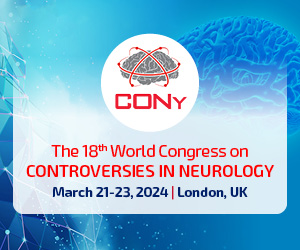Do we need a new model of neuropoiesis?
Piotr Rieske
 Affiliation and address for correspondence
Affiliation and address for correspondenceModels of neuropoiesis make it possible to determine at what stage of differentiation are neuronal cells. These models reflect our current knowledge about neuropoiesis, but they have also practical significance. In vitro determination whether neuronal stem cells differentiate to neuronal, astrocytic or oligodendrocytic progenitors is of utmost importance for cellular transplantologists. It seems that the use of progenitor cells and not fully differentiated cells or stem cells provides transplantologists with the greatest chance for therapeutic success: stem cells may choose a differentiation pathway other than planned by transplantologist, while mature cell, e.g. neurons, are quite sensitive to environmental changes. Determination of the progenitor type currently requires screening of expression of markers recognized as specific for particular cell type. Studies conducted for several years indicate that in the case of many markers this strategy is not appropriate. For example, the GFAP protein considered until recently a specific marker of astrocytes is also expressed in some neuronal stem cells. This discovery has led to a considerable chaos in the way cells are being defined. Furthermore, results of studies of the team where the author of this publication belongs indicate that stem cells may show coexpression of glial and neuronal markers. For the neuropoiesis model constructed upon this kind of data, a name “model of suppression of discordant phenotypes'’ has been proposed.








